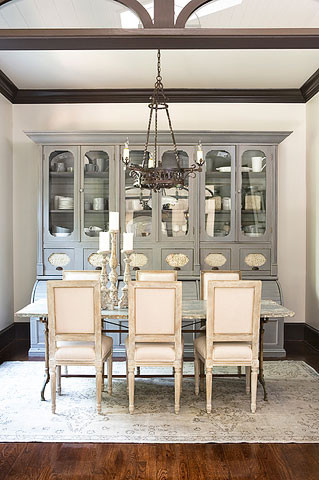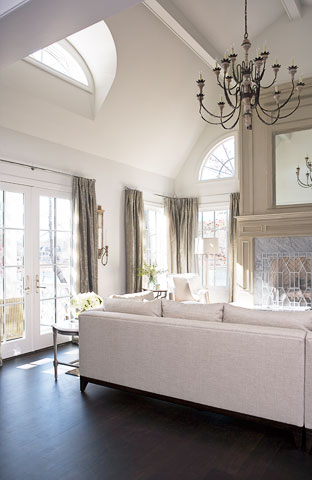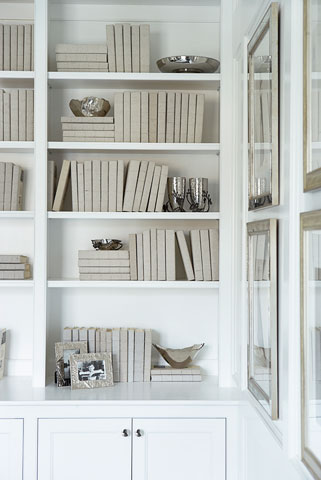Those of you with kids know it can be hard to keep your home from looking like a tornado ripped through it. On any given day, you might have toys strewn all over the floor or piles of miscellaneous items on your furniture and counters. And what about that expensive sofa you recently bought that now has a red spaghetti stain from dinner last night?

For some, it seems hard to have a well kept and beautifully designed home with little kiddos running around. But that doesn't have to be the case. It's possible to have a fabulous home that is also kid-friendly. Here are a few suggestions on how you can accomplish that yourself.
1. Storage items are key. Find a nice armoire or chest and turn it into storage for toys and knick knacks. Choose nice antique furniture pieces that can act as both statement pieces and functional for storage. For example, an antique buffet in a breakfast room can hold lunch boxes and book bags. Baskets are another alternative to storing kids' toys, books and games to get things off the floor and out of sight.

2. Antique pieces are more durable than you think. When shopping for furniture, don't pass up that 100-year-old table. You may be afraid your kids will damage it, but it likely already has some scuffs and dents due to its age. Additional wear and tear will only add to its character; after all, these furniture pieces have been around for many years already.
3. Give kids room to play. You may love to fill a room with furniture, but kids need room to play. Instead of cramming furniture into a space, opt to leave it more open to allow kids room to run and spread out. Open spaces encourage children to use their imaginations and offer room to play all sorts of games.

4. Organize cords and electronics. With the various electronics kids use in addition to the ordinary things that need to be plugged in, your home can quickly look like a cluttered mess of cords and power strips. To avoid this, keep a discreet power strip for all electronics. In a bedroom, place the power strip under the bed or under the sofa in your family room to keep cords organized and out of sight. When designing your home and space planning, be sure to arrange furniture with lighting {like lamps} or other electronics {like alarm clocks} as close to outlets as possible to avoid exposed cords.
5. Choose finishes that are kid-friendly. With small children, the walls in your home are sure to take a beating. Your walls are filled with crayon and marker drawings, tossed shoes have scuffed your baseboards, remnants of last night's dinner are gracing your walls from a certain set of sticky fingers. With all of the potential disasters your walls might endure, it's important to choose durable paints that are easy to clean. Go with eggshell, satin or semi-gloss paints, which can easily be cleaned with a damp sponge.

6. Keep breakable accessories out of reach. Accessories are a beautiful way to add character and elegance to your home. With children, there's no need to toss out your beloved accessories or leave your shelves bare. Just keep your more precious and breakable items out of reach of those little hands. Children are able to reach anything that's within 45 inches of the floor. So within that space, use only durable or light-weight accessories like small books and leave the heavier accessories like vases and candlesticks higher up.
If you have children at home, how do you ensure that your home and spaces are kid-friendly?
For additional ways to design kid-friendly spaces, download these five additional tips from our design team.
Photos by: Rachael Boling

